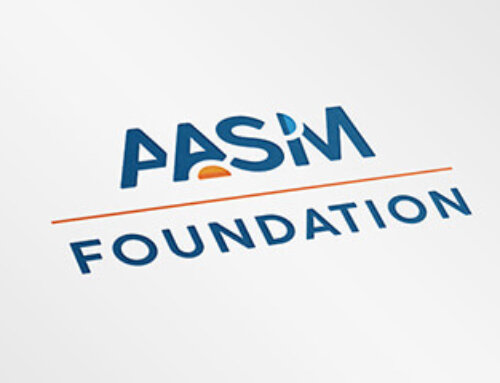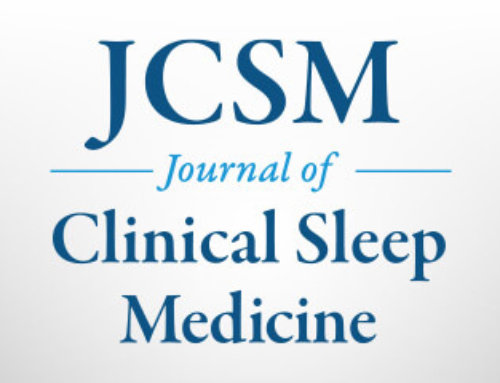CONTACT: AASM Director of Communications Kathleen McCann; 708-492-0930, ext. 9316; kmccann@aasm.org
WESTCHESTER, IL – Continuous positive airway pressure therapy helps restore memory consolidation in adults with obstructive sleep apnea, suggests a research abstract that will be presented Wednesday, June 9, 2010, in San Antonio, Texas, at SLEEP 2010, the 24th annual meeting of the Associated Professional Sleep Societies LLC.
Results indicate that OSA patients being treated with CPAP therapy outperformed untreated OSA patients on an overnight picture memory consolidation task, suggesting that CPAP is effective at recouping memory abilities that are impaired by OSA. CPAP patients correctly identified more photographs after one night of sleep.
“The most surprising result of our study, thus far, is the noticeable improvement in memory that CPAP patients experience,” said lead author Ammar Tahir of the Memory Laboratory in the department of psychology at the University of Notre Dame in South Bend, Ind. “These results suggest the success of CPAP therapy in regenerating obstructive sleep apnea patients’ memory deficits.”
The researchers also made the intriguing discovery that OSA patients who were using CPAP therapy performed better on the memory task than a control group of people who did not have OSA. This important finding could provide direction for future research to study the effect of CPAP therapy on brain function and memory processes.
The study involved a preliminary sample of 135 adults between the ages of 33 and 65 years who were divided into three groups. The experimental group comprised 78 people who were diagnosed with OSA and had been using CPAP therapy for three or more weeks. The baseline group was composed of 50 people who were diagnosed with OSA but had not been using CPAP. The control group had 30 people who tested negative for OSA. Data from additional participants in this ongoing study were not yet available when the abstract was published.
All participants were shown 20 photographs the night before their sleep was monitored by in-lab polysomnography. The next morning they were presented with 20 pairs of photographs. Each pair contained one photo that had been presented the previous night and one similar but previously unseen image. Participants had to determine which photo in each pair was the one that they had already viewed.
The American Academy of Sleep Medicine reports that OSA is a sleep-related breathing disorder that involves a decrease or complete halt in airflow despite an ongoing effort to breathe. It occurs when the muscles relax during sleep, causing soft tissue in the back of the throat to collapse and block the upper airway. This leads to partial reductions (hypopneas) and complete pauses (apneas) in breathing that can produce abrupt reductions in blood oxygen saturation and reduce blood flow to the brain. Most people with OSA snore loudly and frequently, and they often experience excessive daytime sleepiness.
The treatment of choice for OSA is CPAP therapy, which provides a steady stream of air through a mask that is worn during sleep. This airflow keeps the airway open to prevent pauses in breathing and restore normal oxygen levels. Help for OSA is available at more than 2,000 AASM-accredited sleep disorders centers across the U.S.
The SLEEP 2010 abstract supplement is available for download on the website of the journal SLEEP at https://www.journalsleep.org/ViewAbstractSupplement.aspx.
A joint venture of the American Academy of Sleep Medicine and the Sleep Research Society, the annual SLEEP meeting brings together an international body of more than 5,000 leading clinicians and scientists in the fields of sleep medicine and sleep research. At SLEEP 2010 more than 1,100 research abstract presentations will showcase new findings that contribute to the understanding of sleep and the effective diagnosis and treatment of sleep disorders such as insomnia, narcolepsy and sleep apnea.
Abstract Title: Regeneration of overnight memory consolidation ability in CPAP patients
Abstract ID: 0101
Category: Learning, Memory and Cognition
Presentation Date: Wednesday, June 9, 2010
Presentation Type: Poster – #62
Presentation Time: 10:15 a.m. – 12:15 p.m.
###




